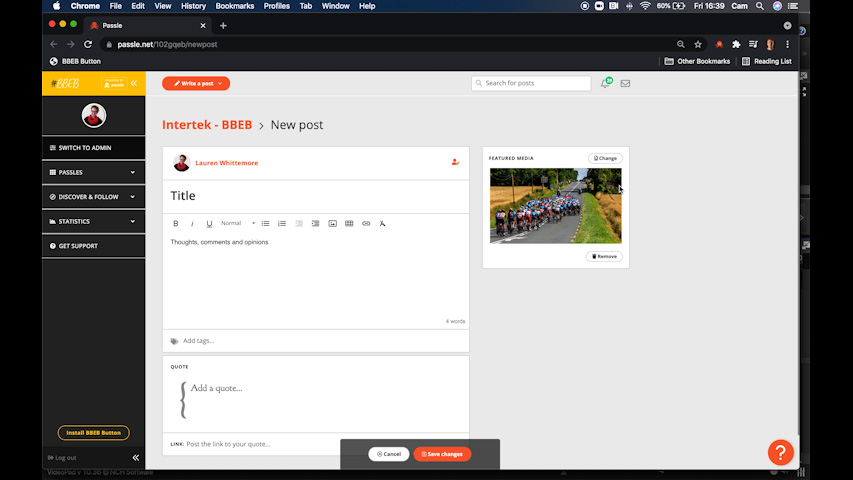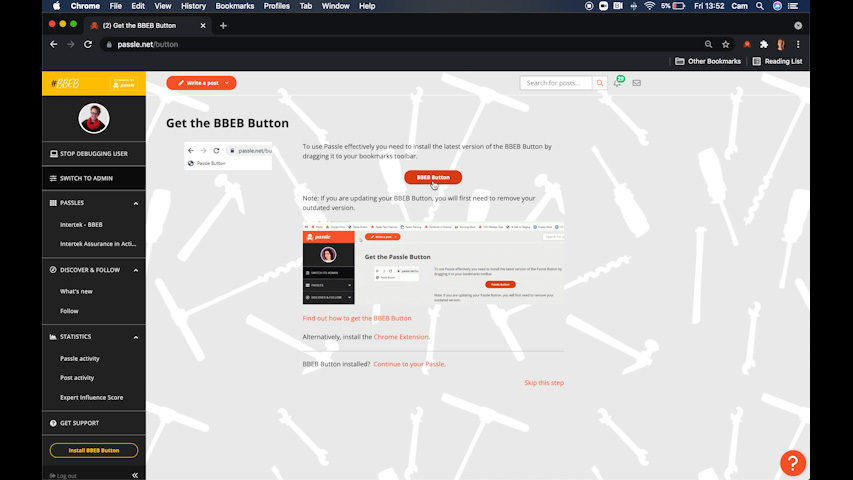Reebok has launched a collection of adaptive trainers called Fit to Fit. The range includes the Nanoflex Parafit TR, a sports shoe, and the Club MEMT Parafit, a fresh take on its more casual Club MEMT, which are both designed so they can be easily put on and removed by those with restricted mobility. After consulting people with disabilities, Reebok added features such as zip closures on the side of the shoes, removable insoles, wider sizes, a low-cut design, and the ability to buy them as single shoes. "We created the Reebok Fit to Fit adaptive footwear collection to champion Reebok's mission of inspiring human movement for all. The collection's goal is to provide functional products for everyone, while still holding true to Reebok's iconic design heritage," says Dan Buonomo, product manager at Reebok.
With an estimated 15% of people experiencing some form of disability, there is a significant portion of the global population in need of adaptive clothing and sportswear. In addition to this moral imperative, there is a business case to be made for adaptive and universal design – the global market for adaptive clothing is set to be worth over $408 billion by the end of 2027. This pursuit is not without its hurdles though. The limited availability of Nike’s Go Flyease adaptive sneaker and ad campaign featuring able-bodied athletes failed to meet the needs of the disabled community. The challenge and opportunity for businesses is to design products that can be used by all and to make sure that those who need them most have access.
Reebok has unveiled two pairs of adaptive trainers that are designed so they can easily be used by those with limited mobility, difficulties using their hands, or prosthetics. Both stay true to the brand’s aesthetic heritage and show the value in creating products that can be used by all.












